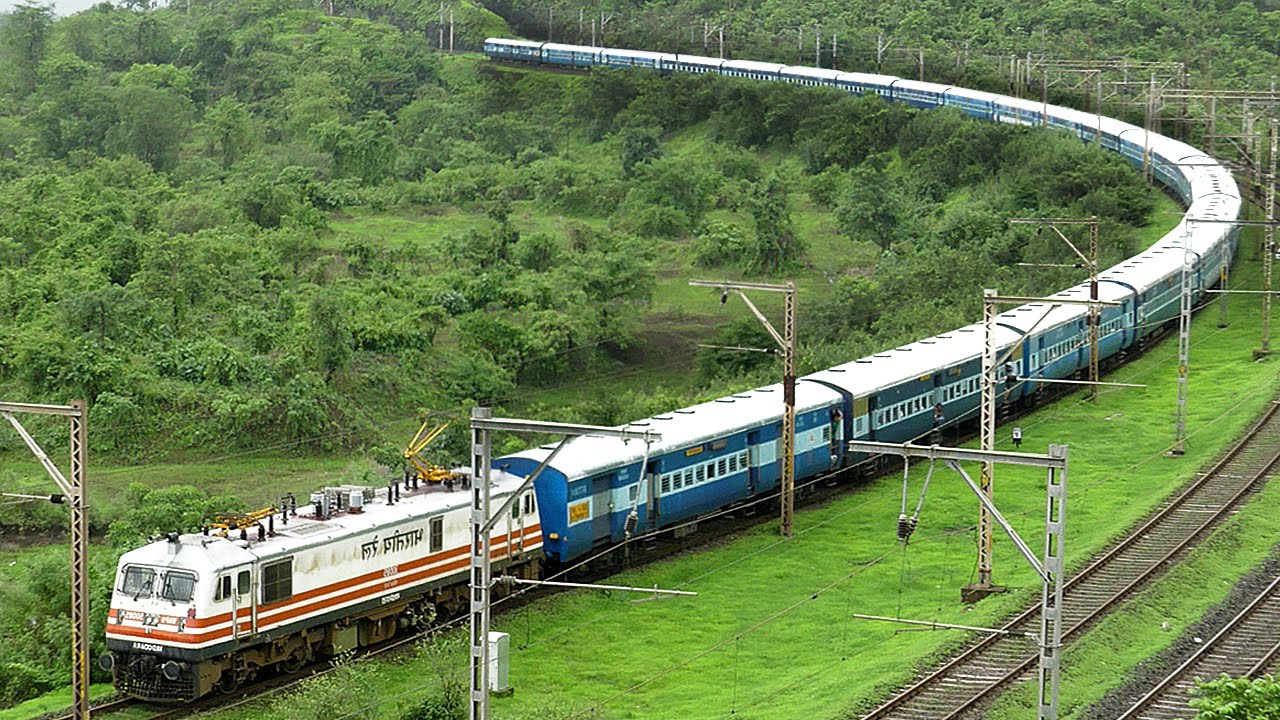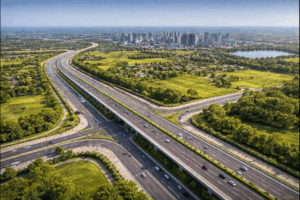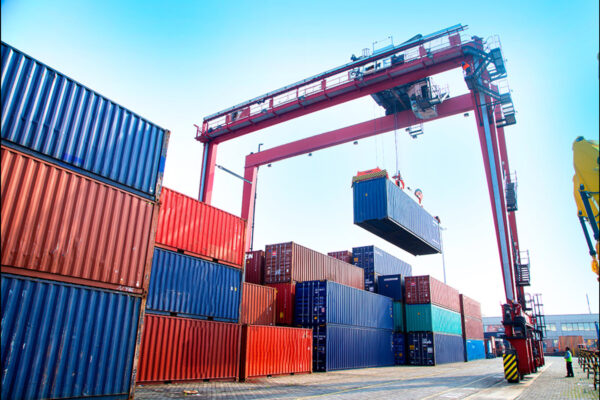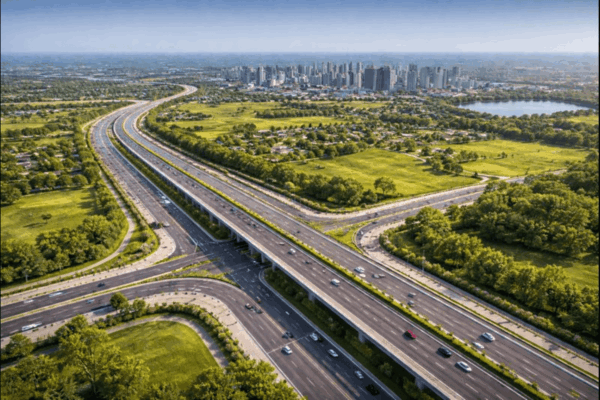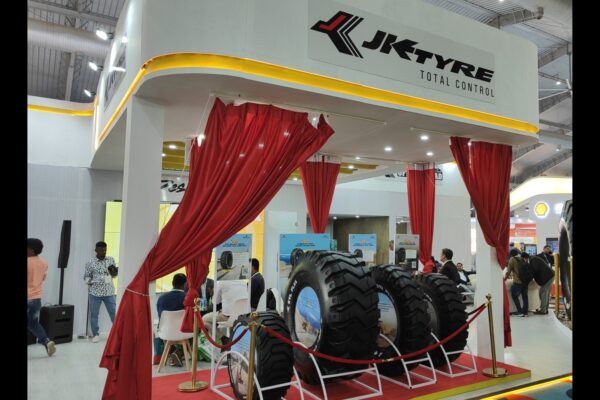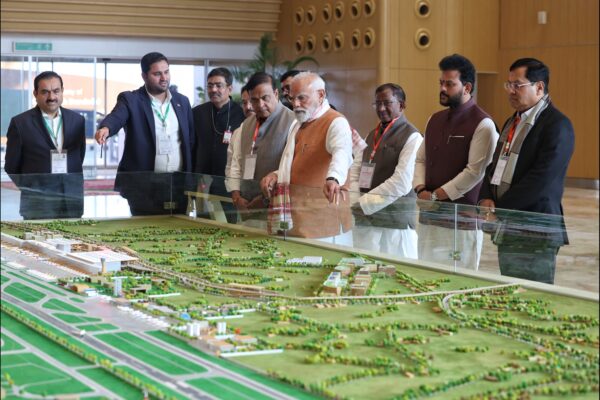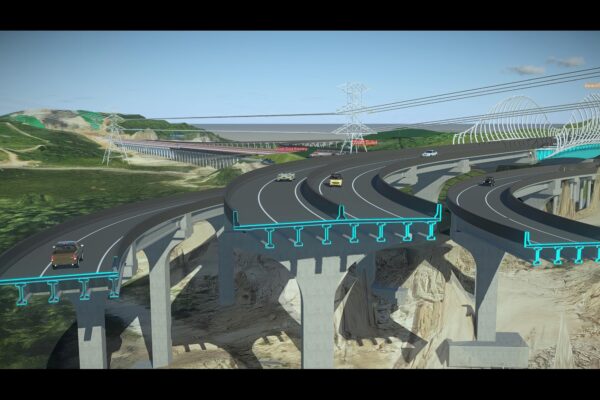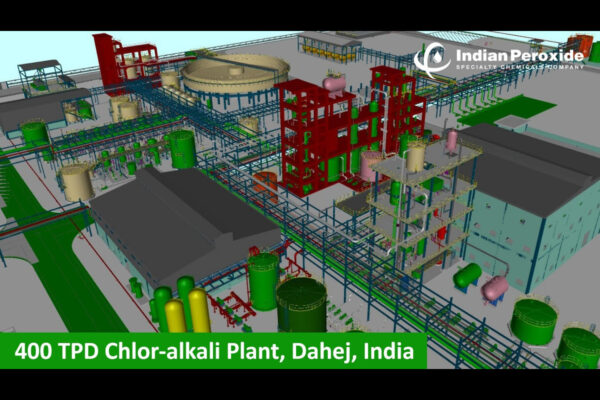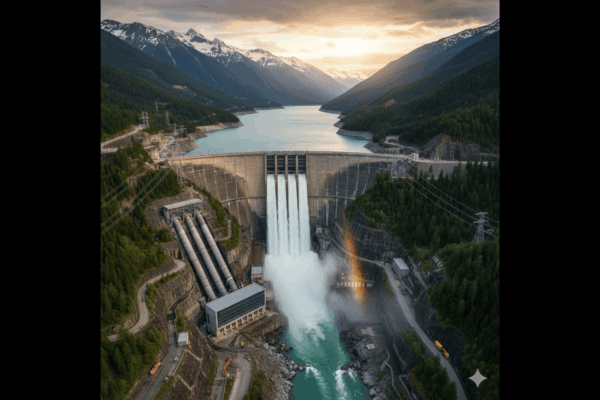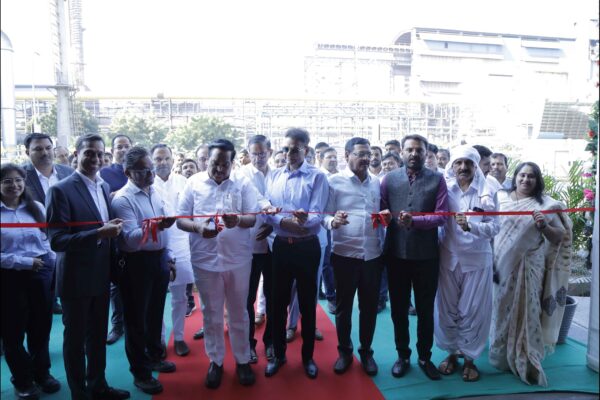Green Signals Ahead
Steering confidently toward a sustainable future, Indian Railways embraces green technologies and eco-friendly practices across its vast infrastructure. EPC World News Bureau delves into the sustainable and tech-enabled approach being adopted by the Rail sector in shaping Indian infra-space.
Serving as the lifeline of the nation, Indian Railways is one of the largest and most vital transportation networks in the world. Spanning the length and breadth of the country, it connects remote villages to major cities, facilitating the daily movement of over 20 million passengers and vast quantities of freight. Since its inception in 1853, Indian Railways has played a pivotal role in shaping the social, economic, and cultural fabric of the country. More than just a means of travel, it stands as a symbol of national integration, development, and progress.
In a rapidly developing nation like India, the demand for efficient, safe, and modern transportation is greater than ever. Indian Railways, long considered the backbone of the country’s mobility, has recognized the need to evolve in response to these growing expectations. With rising passenger volumes, increased freight demands, and the imperative of environmental sustainability, the railway sector has entered a new phase of ambitious reforms and technological advancement. Over the past decade, particularly in the last few years, a focused effort has been made to revamp its vast infrastructure—turning one of the world’s oldest and largest rail networks into a symbol of modern progress.
Landmark Developments
Indian Railways has seen a remarkable transformation in recent years, with major strides taken to modernize its infrastructure and enhance both efficiency and passenger experience. One of the most significant developments has been the large-scale electrification of routes, aimed at making the railways more sustainable and cost-effective. With over 90% of the broad-gauge network electrified as of 2025, this move not only reduces dependence on diesel but also supports India’s broader goal of achieving net-zero carbon emissions by 2030.
Another notable advancement is the introduction of modern trains such as the Vande Bharat Express, which represent a shift toward semi-high-speed rail travel. These trains are designed for greater speed, improved safety, and enhanced onboard amenities, significantly improving the quality of intercity travel. Complementing this is the ongoing construction of the Mumbai-Ahmedabad High-Speed Rail project, India’s first bullet train corridor, which promises to redefine long-distance travel with speeds of up to 320 km/h once operational.
The railway stations themselves are also undergoing a dramatic transformation under the Amrit Bharat Station Scheme. More than 1,300 stations are being redeveloped into world-class transit hubs with modern architecture, better passenger facilities, energy-efficient designs, and integrated transport systems. Major stations like New Delhi, Ahmedabad, and Mumbai’s Chhatrapati Shivaji Maharaj Terminus are being redesigned to match global standards.
Safety and transforming efficiency in operations are the other facets being increasingly focused. The indigenous ‘Kavach’ Automatic Train Protection system is being deployed on key routes to prevent collisions and improve operational safety. In addition, advanced electronic interlocking and real-time tracking systems are helping improve train punctuality and minimize delays.
Freight operations have not been left behind. Dedicated Freight Corridors (DFCs) — particularly the Eastern and Western Corridors — are being developed to handle goods traffic separately from passenger trains. This separation is easing congestion on busy routes and enabling faster, more reliable freight movement, especially for industrial hubs and ports.
Furthermore, the involvement of the private sector through public-private partnerships is bringing in new capital and innovation. Private operators are gradually entering the space of train operations and station management, improving service quality and introducing competitive standards in rail transport. Urban and regional rail connectivity has also expanded, with metro systems growing in major cities and new regional transit projects like the Delhi-Meerut RRTS in progress. These initiatives are reshaping urban mobility and reducing the burden on traditional rail services.
Rolling along the e-Drive
With increasing demand for efficiency, safety, and capacity, the Ministry of Railways has launched multiple digitization initiatives that are fundamentally changing the way railway infrastructure is designed, monitored, and managed.
One of the key areas of transformation is the electrification and digital signaling systems. The introduction of Electronic Interlocking (EI) has replaced age-old mechanical and relay-based systems at over 3,500 stations, ensuring seamless and error-free train operations. EI systems are centrally controlled and integrated with advanced Train Management Systems (TMS), enabling real-time tracking and dynamic routing of trains, especially in high-density corridors like Delhi–Howrah and Delhi–Mumbai.
Further, Indian Railways is implementing the Automatic Block Signalling (ABS) and Centralized Traffic Control (CTC) systems to improve train throughput without the need for physical infrastructure expansion. These digital systems allow for closer headways between trains, ensuring more efficient use of tracks while maintaining safety standards.
At the track and rolling stock level, Internet of Things (IoT)-enabled sensors and smart condition monitoring systems are being deployed. These sensors track the health of critical infrastructure components, such as rails, bridges, bearings, and overhead equipment, sending real-time data to centralized control centers. This predictive maintenance model reduces the need for manual inspections and minimizes service disruptions due to infrastructure failures.
Another major leap is the Railway Electrification Monitoring System (REMS), which uses GIS mapping and digital dashboards to oversee the progress of electrification projects. This digitized project management tool helps track real-time data on materials, workforce deployment, and cost overruns across thousands of kilometers of new and upgraded electrified lines.
On the construction front, Building Information Modeling (BIM) and drone-based surveying technologies are now being used for planning and monitoring large-scale infrastructure projects, such as the Dedicated Freight Corridors (DFCs), station redevelopment programs, and the upcoming high-speed rail corridors. These tools allow for accurate terrain mapping, faster approvals, and better coordination between engineering teams.
Digitization also extends to station infrastructure. Smart station initiatives now include digital signage systems, AI-powered surveillance, integrated control rooms, and energy management systems powered by real-time data analytics. Stations like Habibganj (Rani Kamalapati), Gandhinagar, and Bengaluru have become models of digital-first infrastructure, featuring cloud-based command centers, integrated ticketing, and seamless commuter flow management.
As Indian Railways moves towards becoming a net-zero carbon emitter by 2030, digital technologies are playing a pivotal role. Smart grid systems, digital energy metering, and renewable energy monitoring platforms are being deployed to optimize electricity consumption across traction and non-traction infrastructure.
Sustainability is the Key
With the ambitious target of becoming a net-zero carbon emitter by 2030, the national transporter is embracing a wide range of eco-friendly initiatives, from large-scale electrification to renewable energy integration and sustainable station development.
To reduce carbon emissions, Indian Railways has stepped up efforts in harnessing renewable energy. The ministry has installed more than 160 MW of solar power and 120 MW of wind energy, with a long-term goal of achieving 30 GW of renewable energy capacity by 2030. Commenting on the Ministry’s approach towards Green Rail infrastructure Ashwini Vaishnaw, Union Minister for Railways said in a media statement, “We are making full use of the vast land and station rooftops to deploy solar and wind energy solutions. This green power is now feeding directly into our traction systems on select routes—a major milestone in sustainable transport.”
Another key transition being seen is the accelerated electrification of railway routes, now covering over 90% of broad-gauge lines. This shift is significantly reducing dependence on diesel and aligning with India’s global climate commitments. “Electrification is not just about efficiency—it’s about our responsibility to the planet. We are on track to eliminate diesel usage in regular operations and transition to 100% electric traction.” said Jaya Varma Sinha, Chairman and CEO, Railway Board in a recent media statement.
Sustainable rolling stock is also becoming a standard. Modern trains like the Vande Bharat Express use regenerative braking to feed power back into the grid, and newly introduced WAG-12B electric locomotives offer enhanced energy efficiency and reduced environmental impact. The station modernization program is equally green-focused. Several redeveloped stations—including Gandhinagar Capital, Rani Kamalapati (Habibganj), and ongoing projects like New Delhi and Mumbai CST—have received or are being designed to meet Green Building Certification standards by the Indian Green Building Council (IGBC).
To ensure effective energy management, Indian Railways is using digital platforms like the Railway Energy Management System (REMS), which provides real-time analytics on energy usage and supports data-driven optimization across zones.
Freight is also part of the green strategy. The rollout of Dedicated Freight Corridors (DFCs) is expected to significantly shift cargo from road to rail, reducing emissions and congestion. As per official estimates, carbon emissions from freight movement could reduce by up to 70 per cent per tonne-km compared to traditional road transport once DFCs are fully operational.
With these comprehensive initiatives, Indian Railways is positioning itself as a global leader in sustainable transportation. Its green transformation is not just an operational necessity, but a national imperative—powering mobility while preserving the environment.
Tags

